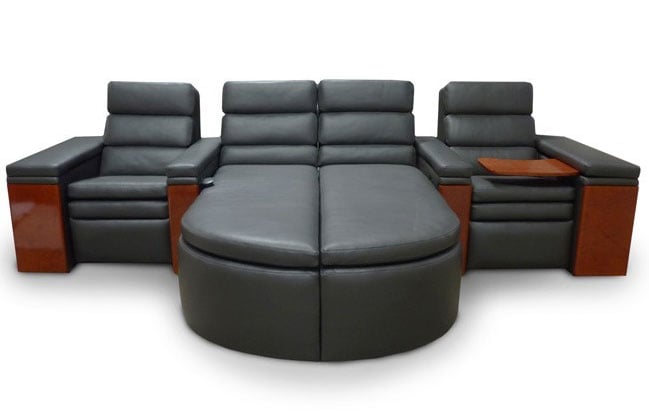A home entertainment theater is a perfect place for friends and family to gather and enjoy a great movie at home. Imagine the money saved on movie tickets, drinks, and snacks. It is no secret that movie theater seating can be a little uncomfortable sometimes and a home theater can provide a more comfortable experience. The benefits of a home theater system are many and the designing portion can be exciting, but there are a lot of technical aspects that go into the installation process. Following a few tips can help make the installation process easier, so you can be enjoying your home theater room in no time.
Planning
To save trouble and time, a few hours of planning prior to the installation of a home theater system will be extremely helpful in the long run. There are programs available that will allow you to electronically move furniture around the room in order to map out how everything will come together. For anyone who prefers something more low-tech, they can draw floor plans out by hand and cut small pieces of paper out that represent the home theater furniture and rearrange the pieces on the floor plan. Planning will also help in determining the room’s limitations and you will be able to plan accordingly.
Planning will help in the decisions as to where surround system wires are going to be placed such as along baseboard walls, or if you will be using a wireless home theater system instead . If speakers will be used they will need to be placed in areas in which they will not be knocked over or wall mounts should be considered. If the speakers will be wall mounted, they will need to be a certain weight and the mounts will need to be secure. For instance, dry wall cannot handle a heavy speaker. There should also be something accessible and safe for all of the equipment to be placed on such as wall units or movable stands. Just be sure they are sturdy.
When deciding to install a home entertainment system, no stage of the installation process should not be rushed. Taking a few moments to plan prior to installation will save the time it takes to fix mistakes. Research will help in learning how to install a home theater system the right way, the first try. Taking times holds especially true when it comes to the measurement and running of any speaker wires, placement of heavy items, and setting cables up behind home theater equipment.
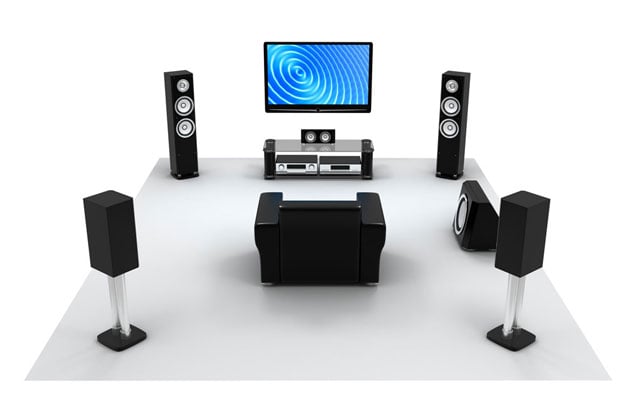
Power Outlets
The more components being used during the install a home entertainment system, the need for more power outlets will be increased. The majority of rooms are not designed for a lot of electronic devices and the home theater system will need a lot of power than the average stereo or television. This is something that will need to be taken into consideration when planning the layout of the home theater. Circuit breakers will need to be checked in order to determine whether or not the power lines within the home will be able to handle this need but most homes will have enough power available to handle things.
Home theatre furniture should be placed in positions in which power outlets are controlled by one circuit breaker. This way, if there is an overload, it will not have an effect on the entire home. Most outlets only have two sockets so as to install a home entertainment system more sockets will be required. The easiest way to accommodate so many pieces of home theater furniture is to visit a computer store and purchase a few power strips. These will also help prevent drop-outs in power that could potentially harm the equipment. It is also important to not have the main outlet for the home entertainment system be controlled by any wall switch. If anyone switches the wall switch off, then the whole system powers off. This can be a real pain especially if there is a movie or program you are wanting to record. Another important factor is to make sure any plugs near the particular home entertainment outlet are labeled. This allows you to know exactly which plug goes to individual electronics without having to unplug all of them to fix only one.
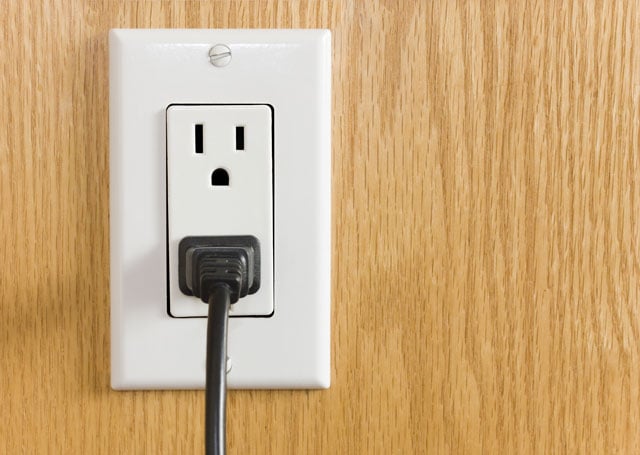
Light Sources
A home theater is best when indirect lighting is used, behind the television screen. A lot of times this placement isn’t possible so placing soft lighting to the side of the screen will also work. It is never good to watch television in total darkness because it can strain the eyes. If there is too much light, the picture can be washed out. Home theaters should have balanced lighting between what is best for your system and what is best for the viewer. Dimmer switches are inexpensive, install easily, and allow the light to be adjusted. They provide a soft, ambient light and can sometimes be controlled with a remote.
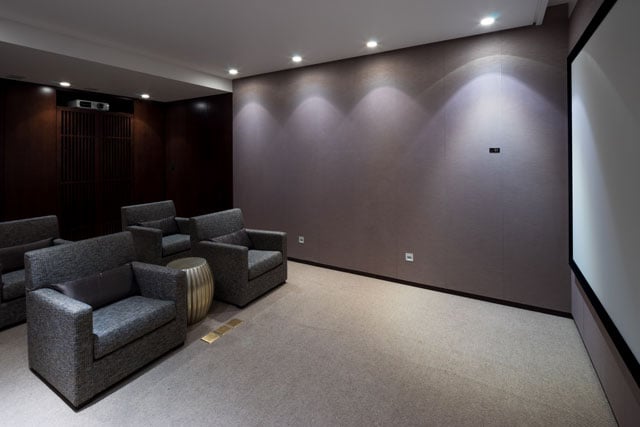
Preparation
You’ve taken the time to learn how to install a home theater system and you’re ready to get started. By now, you’re probably a little antsy waiting for equipment to be delivered but instead of waiting around, you can start getting things prepared. Make sure to get any needed cables and plenty of wire. Label what you should, and start laying things out ahead of time. Take any measurements and do not secure anything until everything is in the right place. Prepare any work surfaces you will need to lay out any components and user manuals.
Wire Organization
Wire holders will help keep any and all home theater wires organized. Garbage bag ties will work or you can purchase plastic ones, either way, keeping the wires organized and labeled will help when any issues that may be faced later. You may also want to color code the wires using stickers. This will help identify which wire goes where. You can also place the same color sticker in the corresponding area of the user manuals for later reference. Be sure to document any connections to the power as it will be beneficial if or when resetting a device may be necessary.
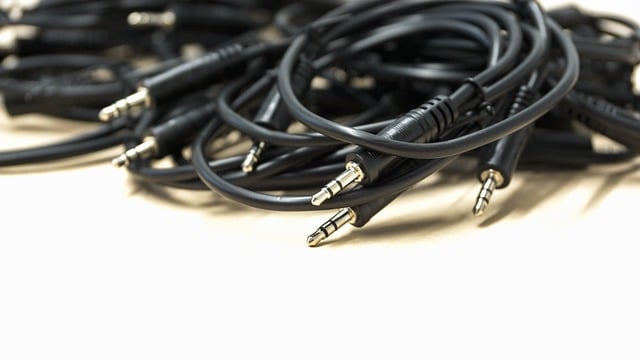
Documentation
Always keep any electronic documentation. After the home theater system is all set up, draw out a diagram and put it in a safe place. This will help you remember how to install a home theater system should you move and need to redo everything. Separate diagrams should be made for audio and video connections so that one diagram does not become cluttered. Anytime there are changes made, these diagrams should be updated.

Testing
Once everything is ready to go, you will need to do some testing before you can truly enjoy the experience of a home theater system. To test the DVD player and surround sound, find a movie that puts surround sound technology to good use. Find certain scenes in the movie and listen to the sound effects. Make sure they are crisp, clear; follow what is taking place in the scene, and the sound alternates smoothly between the speakers.
If the sound is not as it should be, connections and wiring may need to be checked. Write down any factory settings before changing any settings with the equipment. After that has been done, you can play with settings in order to have things look and sound the way you want them to.
Home Theater Seating
- Light Brown Leather Recliner
- White Leather Chairs
- At Home Theater Seating
- American Made Leather Couch
- Sectional Sofa For Movie Room
- Southern Motion Power Recliners
- Modern Design Recliners
- Double Movie Chair
- Brown Leather Reclining Loveseat
- Tiered Seating For Home Theater
- Red Leather Recliner
- Home Movie Theater Seating
- 3 Seater Theater Chairs
- Discounted Recliners
- Thick Deep Seating Sectional
Decor & Accessories
- Home Theater Poppers
- Movie Room Design
- Movie Poster Frame
- Media Room Acoustic Panels
- Theater Room Decor
- Carpet For Theater Room
- Theatre Room Decor
- Half Round Theater Seating
- Riser Platform
- Flex Hr By Octane Seating
- Stadium Seats For Man Cave
- Mancave Chairs
- Tiered Theater Seating
- Leather Sectional With Charging Station
- Leather Curved Sectionals Home Theatre
Top Pages
- The Theater Seating Store
- Auditorium Seats for Sale
- Theater Seat Store
- Theater Home Seating Sofa
- Home Theater Sofa
- Movie Theater Chairs
- Home Theater Power Seating
- Red Crushed Velvet Movie Chairs
- Theater Seating Wall Hugger
- Massaging Recliner Chair
- Reclining Theater Seats
- Black Recliners Chairs
- Sectionals Brown
- Leather Reclining Couches
- Tv Screen Pixels


